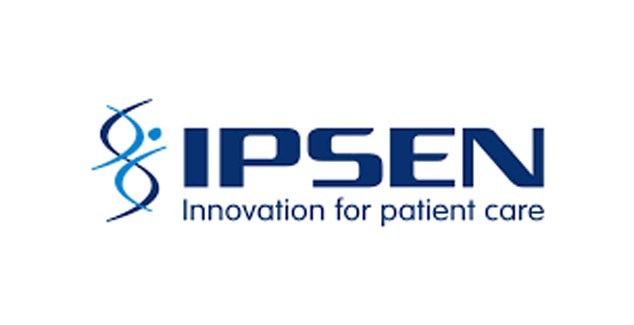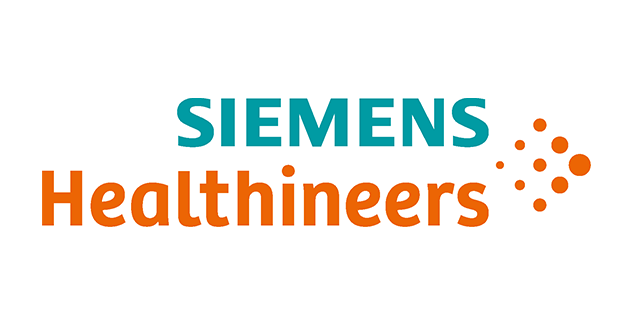In the realm of stroke care, the use of telemedicine has emerged as a beacon of hope, ensuring timely and effective treatment for individuals in remote or underserved areas. However, the practical implementation of telestroke care in the acute setting varies significantly across regions, ranging from cutting-edge technology to more simplistic models.
Telestroke Networks
We examine telestroke networks designed for use among healthcare professionals operating within the emergency and acute inpatient hospital setting (<3 days after onset). We are excluding telerehabilitation networks and direct telemedicine consultations between doctors and patients. We define a telestroke system of care as provision of stroke expertise to remote sites with limited or no vascular neurology coverage, allowing rapid evaluation and treatment decisions by skilled and experienced stroke physicians.
Our Mission:
Our aim is to provide a comprehensive evidence base to guide informed decision-making and to facilitate the ethical and effective implementation of telestroke care, ultimately improving stroke care outcomes for populations in both remote and underserved areas.
Objectives:
- Exploring Telestroke Care Models: We will delve into the diverse telestroke care models employed worldwide, focusing on their unique workflows and technological frameworks.
- Benefits, Limitations, Essential Requirements and Barriers: We will critically assess the advantages and limitations of telestroke practices, taking into account financial and human resource implications, as well as data security concerns. We aim to define the fundamental prerequisites for successful telestroke care and pinpoint the obstacles faced during implementation.
- Recommendations: Ultimately, we aim to develop best practices for global provision of telestroke care


Methodology:
Our approach combines a systematic literature review with a survey to telestroke networks from different regions and countries. Our findings will be discussed in a consensus meeting with experts in the field of stroke.
Outcomes:
Our study aims to provide a guidance for the future of telestroke care by examining diverse practices and protocols. By elucidating the strengths and limitations specific to each model and region, we strive to facilitate the successful implementation of telestroke systems.


Our Team:
Ayush Agarwal, Matias Alet, Bogdan Ciopleias, Leonardo Carbonera, Tarig Fadalla,
Stefan Gerner, Mirjam Heldner, Maria Junaidi, Zhe Kang Law, Aris Katsanos, Abdul Hanif Khan, Linxin Li, Sarah Matuja, Jatinder Minhas, Emily Ramage, Tamer Roushdy, Javier Lagos Servellon, Christine Tunkl, Teresa Ulberg, Faddi Saleh Velez, Yvonne Zuurbier, Pawel Kiper, Gisele Sampaio Silva, Padma Vasantha,
Our expected milestones:
Autumn 2023:
- Distribution of survey to network coordinators
- Systematic literature review
Winter 2023:
- Data analysis
Spring 2023:
- Round table
Summer 2023:
- Development of recommendation
October 2024:
- Presentation of results at World Stroke Congress in Abu Dhabi
Thanks for your interest!
Please check our site occasionally for updates!
If you have further questions, please contact: chrissi@tunkl.de
Our partners and sponsors
 Corporate Supporters
Corporate Supporters
 Corporate Supporters
Corporate Supporters
 Platinum Plus
Platinum Plus
 Platinum Plus
Platinum Plus
 Bronze
Bronze
 Silver
Silver
 Gold
Gold
 Silver
Silver
 Silver
Silver
 Bronze
Bronze
 Bronze
Bronze
 Bronze
Bronze
 Bronze
Bronze

 Member login
Member login